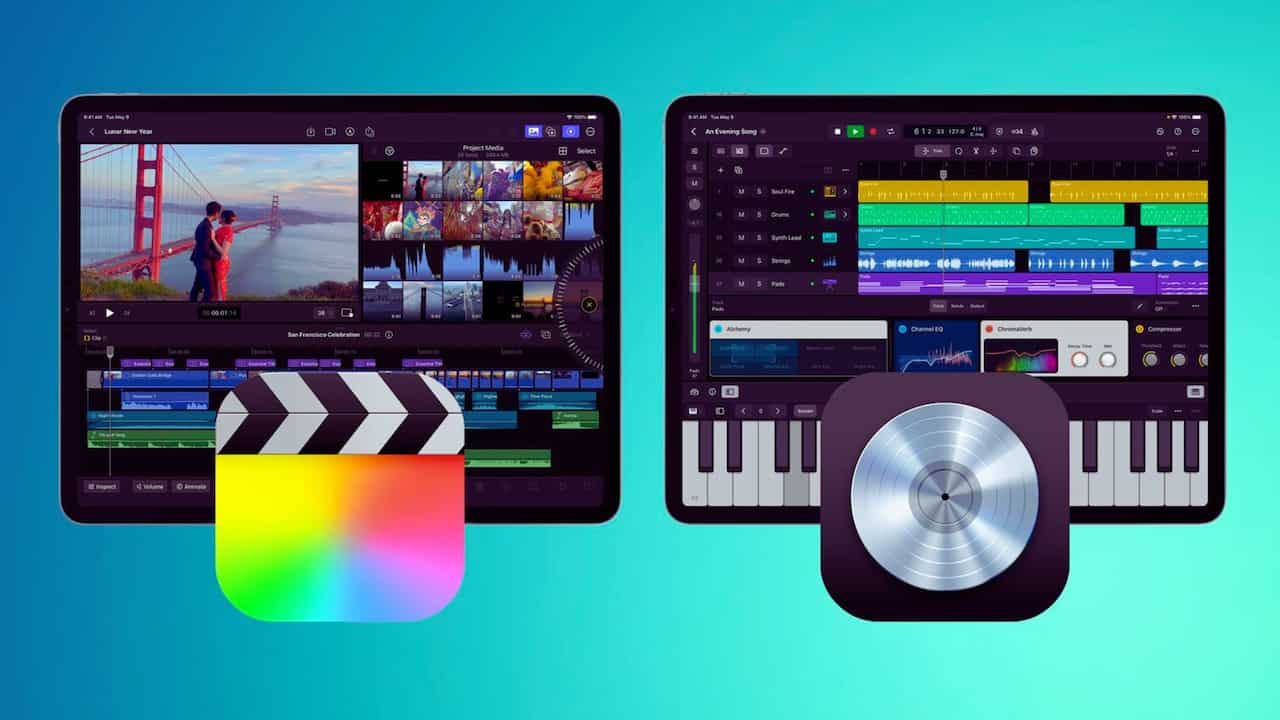Apple’s 2024 iPad Mini: A Mighty Yet Mixed Bag of Updates
The tech world is buzzing with Apple’s latest release of the iPad Mini (7th generation), which hit stores this Wednesday. As your tech correspondent, I’ve dived deep into this pocket-sized powerhouse to bring you the full story of what’s hot and what’s not.
The Power Player in a Small Package
The standout feature of the new iPad Mini is its brain—the A17 Pro chip. This isn’t just any processor; it’s the same chip that powers the iPhone 15 Pro, bringing serious muscle to this compact tablet. What’s particularly exciting is that this makes the iPad Mini compatible with Apple Intelligence, the company’s newest AI toolkit.
But here’s where things get interesting: while the new Mini can handle Apple’s professional-grade Final Cut Pro video editing software, it comes with a catch. Some features aren’t available due to hardware limits—a reminder that this isn’t quite the powerhouse its larger siblings are.
The Good, The Bad, and The Surprising
Let’s break down what’s working and what’s not:
Winning Features:
- Pencil Pro Support: The Mini is now the most affordable way to use Apple’s newest stylus.
- Future-Ready: The A17 Pro chip prepares the device for Apple Intelligence features.
- Better Connectivity: Faster USB-C data transfer and Wi-Fi 6E support
- Storage Boost: Starting at 128GB, double the previous base storage.
Missing Pieces:
- No Stage Manager: The smaller 8.3-inch display means no advanced multitasking.
- Front Camera Quirks: Unlike newer iPads, the camera stays on the shorter edge.
- Without an M-series Chip, multitasking with an external monitor is not possible.
- Same Old Design: No innovative changes to the three-year-old design
Price points and positioning
Starting at $499, the new iPad Mini positions itself as a middle-ground option. While it’s pricier than the basic iPad, it offers more power and portability. However, the costs can climb quickly:
- Pencil Pro: $129
- Official case: $59
- 5G option: Additional $150
- 512GB model: $799
Real-World Performance
In practical use, the Mini shines in specific scenarios. It’s perfect for:
- Digital artists seeking a portable canvas
- Mobile professionals require a device that is both powerful and compact.
- Casual gamers desire a larger screen compared to a phone.
- A versatile device is sought after by reading enthusiasts.
However, it struggles with:
- Split-screen multitasking (limited by screen size)
- Professional workflows require external displays.
- Video calls in landscape orientation
The Bigger Picture
What’s particularly telling about this release is what it might mean for Apple’s tablet strategy. The Mini now supports professional apps like Final Cut Pro and Logic Pro, suggesting Apple sees it as more than just a consumption device. Yet, the lack of Stage Manager and some pro features creates a clear separation from the iPad Pro line.
Looking Ahead
While the 2024 iPad Mini represents a solid upgrade, it also leaves room for improvement. The absence of an M-series chip and the unchanged design might disappoint some users hoping for a more revolutionary update. However, its compatibility with Apple Intelligence positions it well for future software developments.
For those considering an upgrade or first-time iPad Mini purchase, the decision largely depends on your specific needs. If you’re a “Mini person” who values portability and doesn’t mind the limitations, this update brings welcome improvements. However, if you’re looking for a primary computing device, you might want to consider the larger iPad Air or Pro models.
Remember: You’re either a Mini person or you aren’t. This update isn’t likely to change that fundamental equation.
Table of Contents
